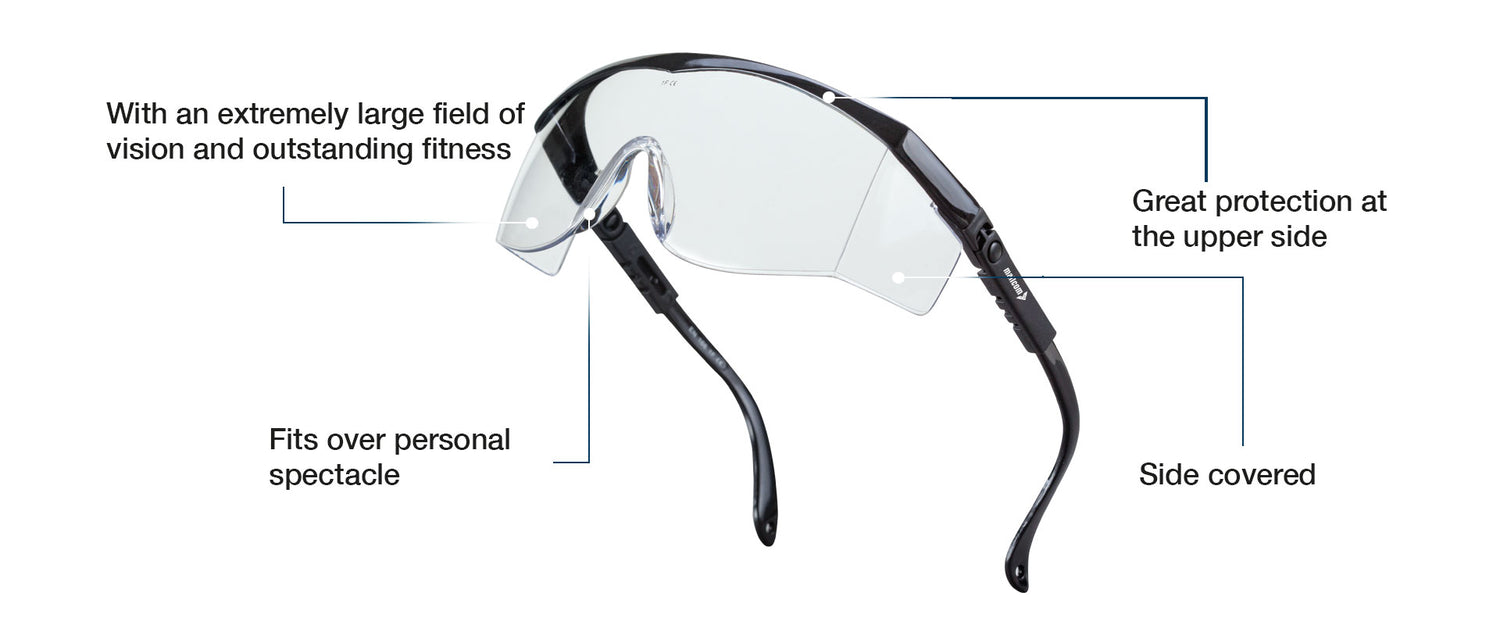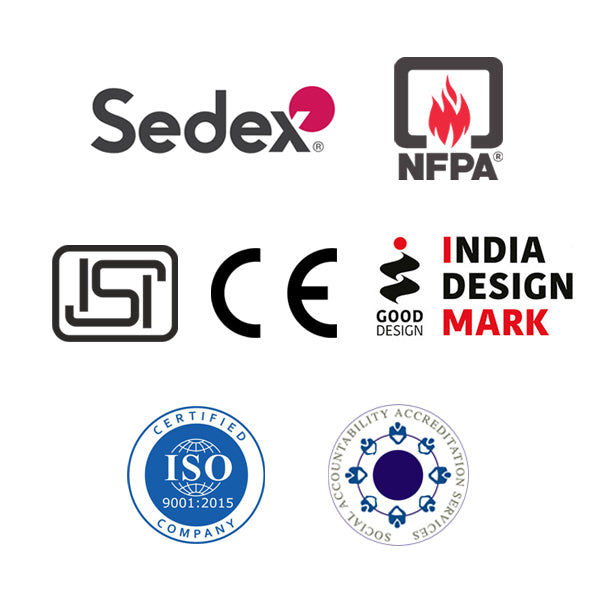PLUTO
Share
Safety Goggles
- Mallcom Pluto clear polycarbonate single hard coated safety goggles
- Spectacles having clear polycarbonate glasses with adjustable and tilting nylon arms.
- Clear polycarbonate single lens glasses
- Adjustable and tilting nylon arms lateral protection
- Arms with hole for neck cords
Chemical Splash
Dirt
Dust
PLUTO

Size Chart
How to Measure
PLUTO

PLUTO

CE
EN 166
Delivery & Services

Easy Return
with our 15 days return poicy
Regular price
Rs. 0
Sale price
Rs. 0
Regular price




ABOUT THE DESIGN

USEFUL IN THESE INDUSTRIES
MANUFACTURING
CHEMICAL & PAINT
REPAIR & MAINTENANCE
CONSTRUCTION

Product Features
ABOUT THE DESIGN

USEFUL IN THESE INDUSTRIES
MANUFACTURING
CHEMICAL & PAINT
REPAIR & MAINTENANCE
CONSTRUCTION
Product Details































